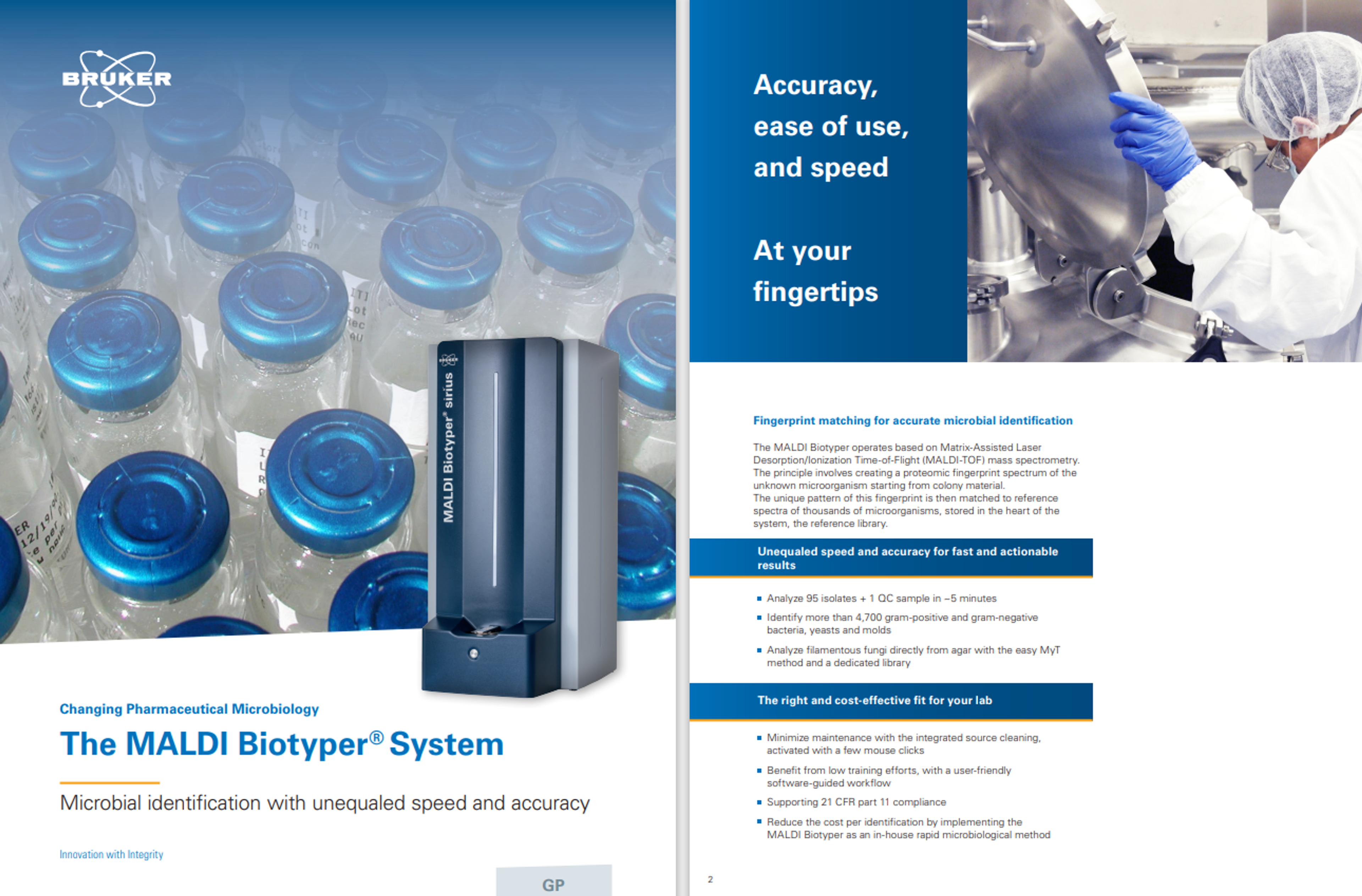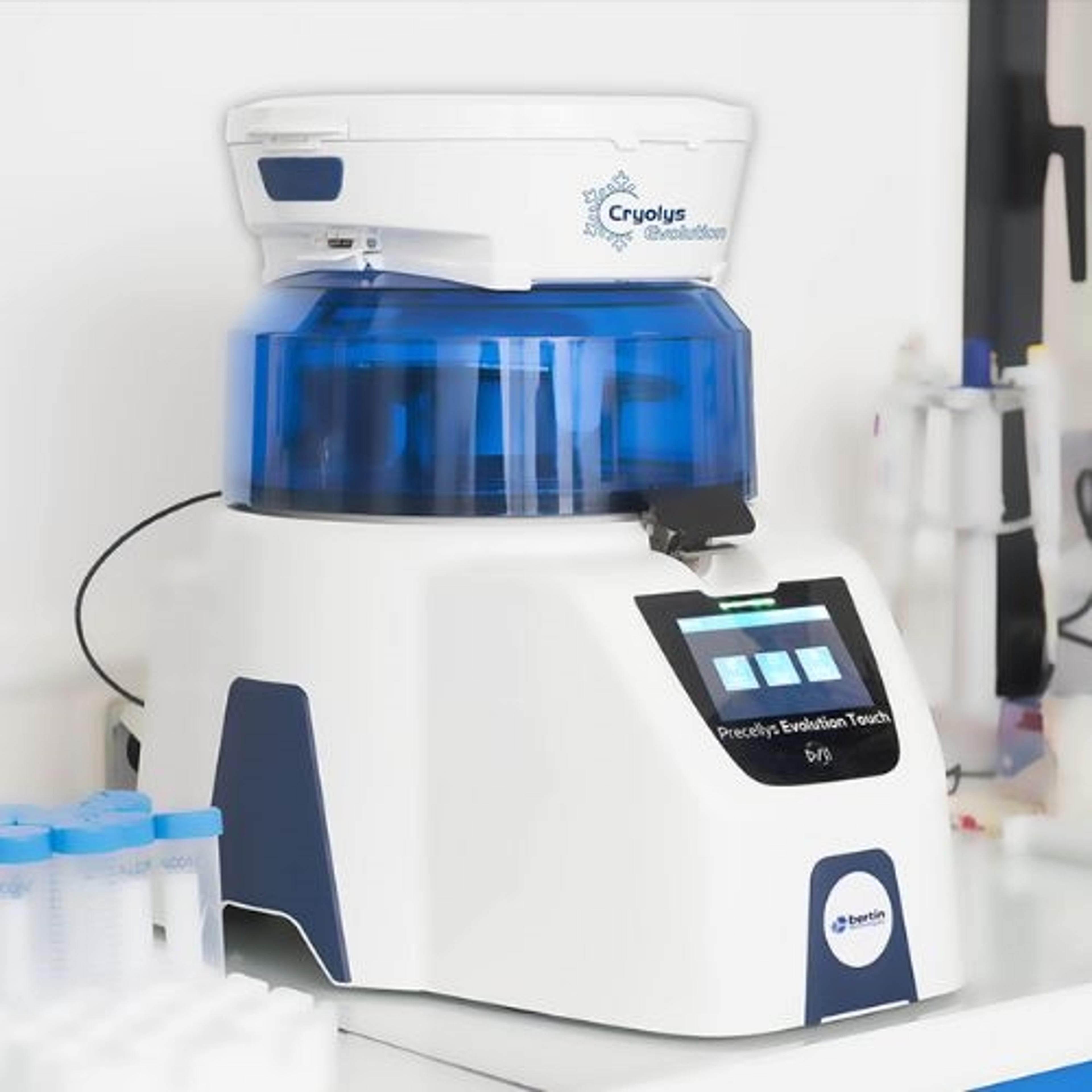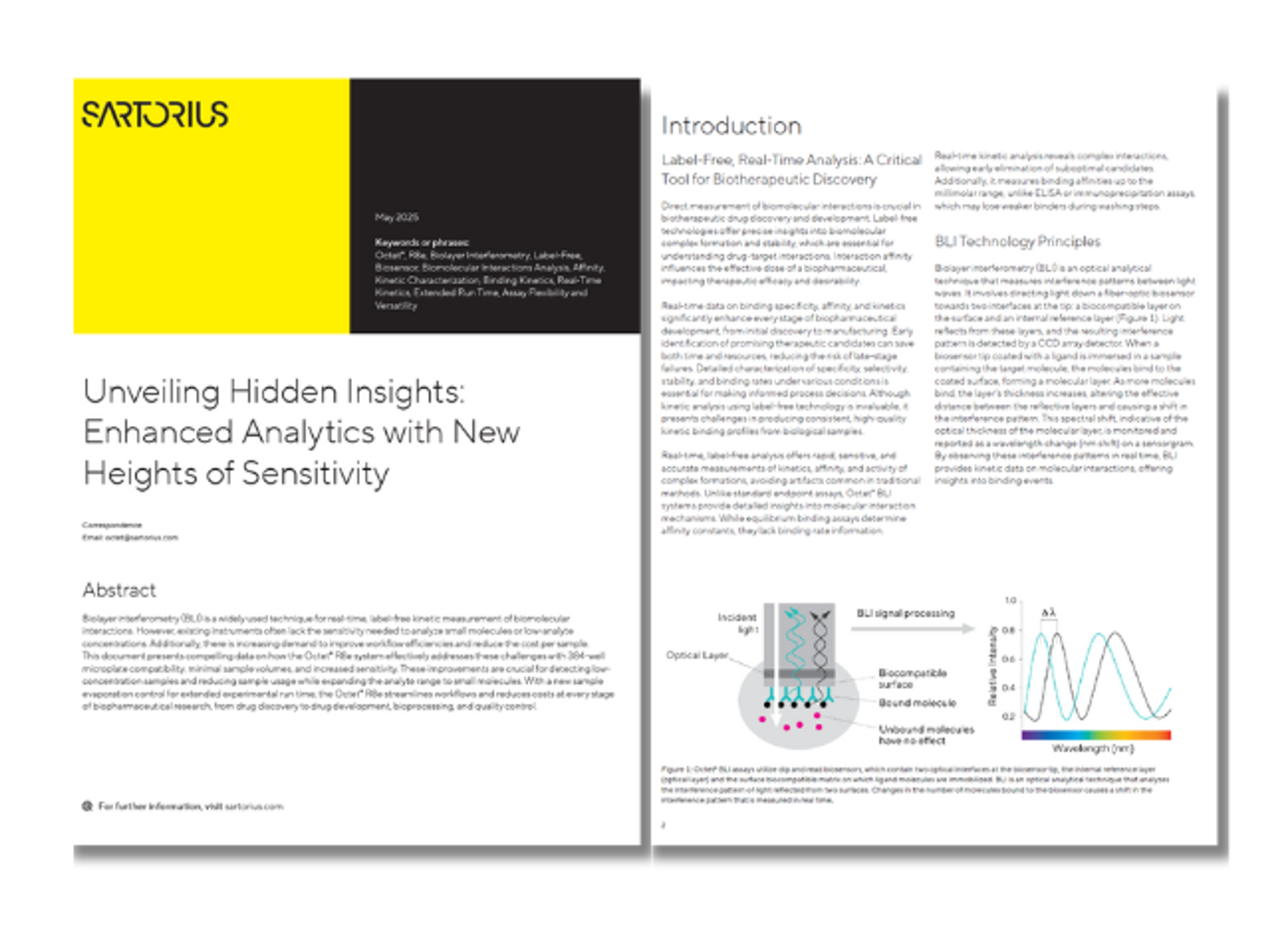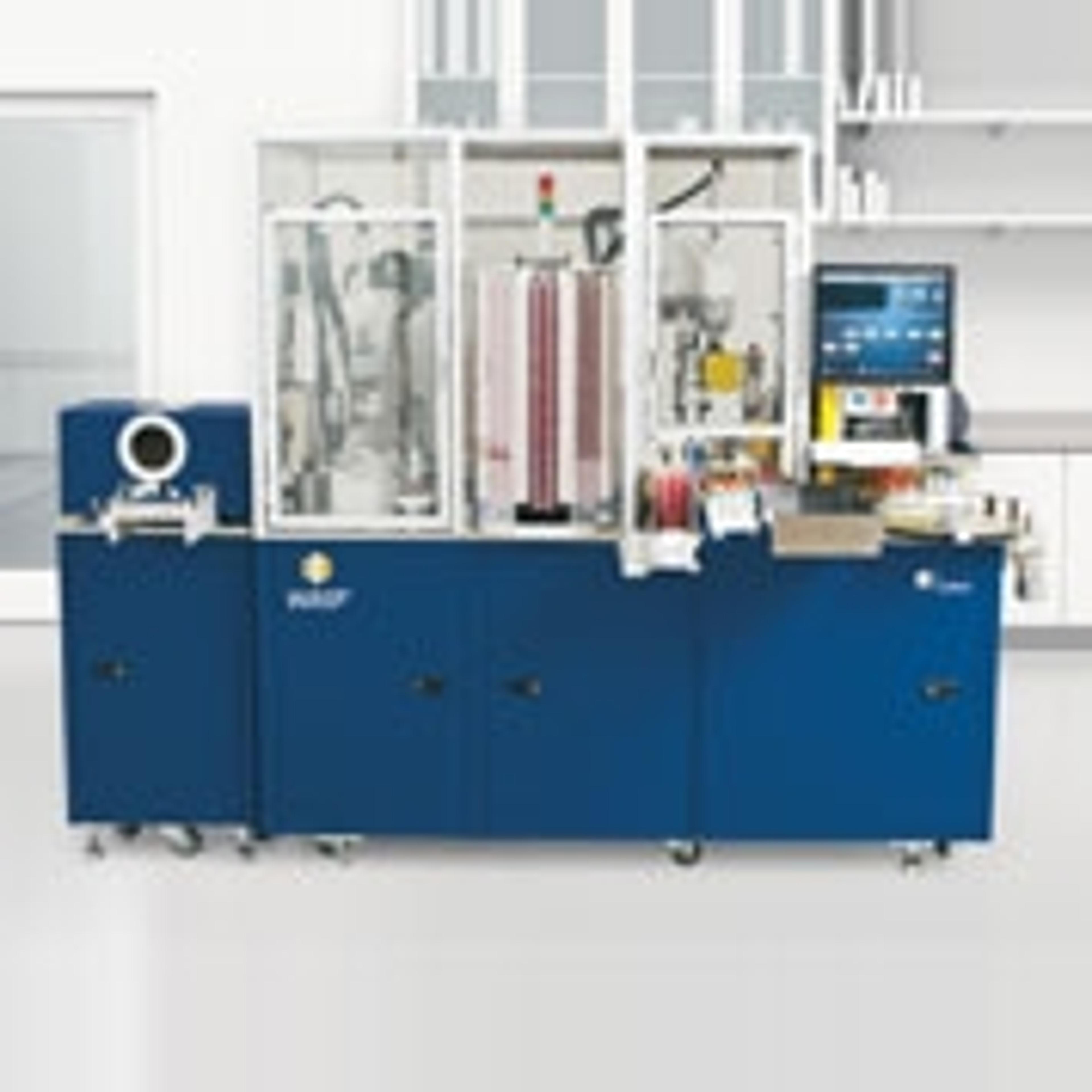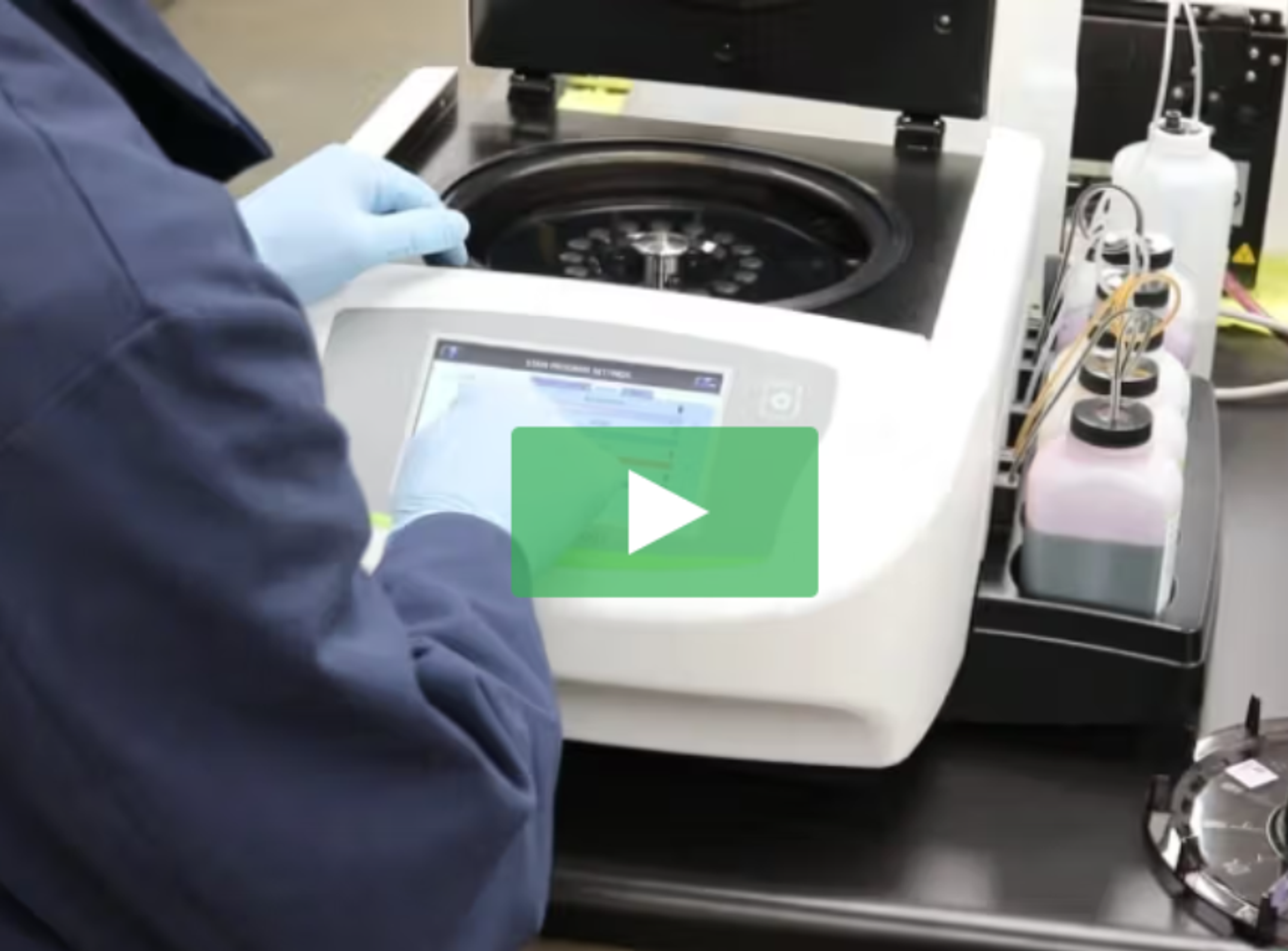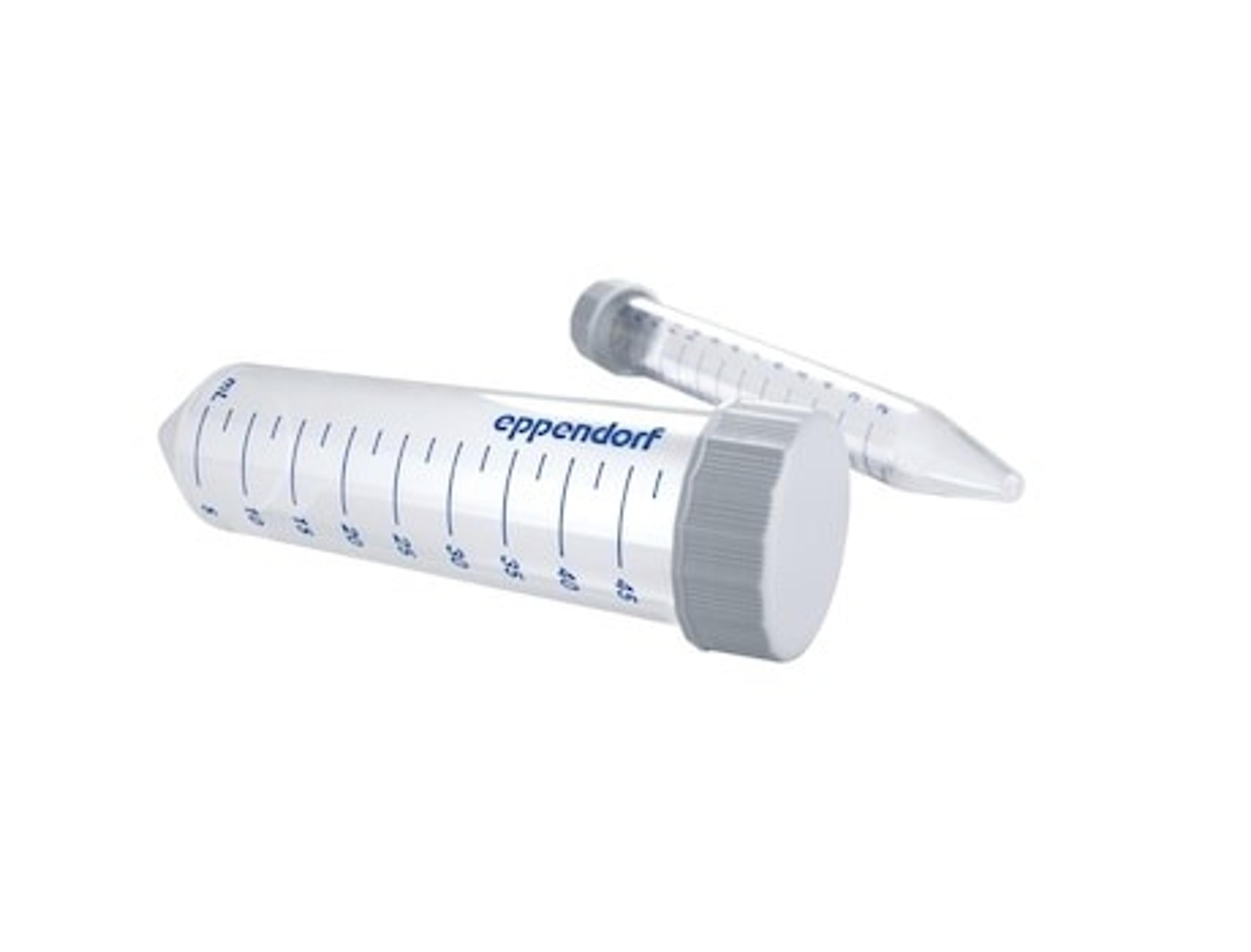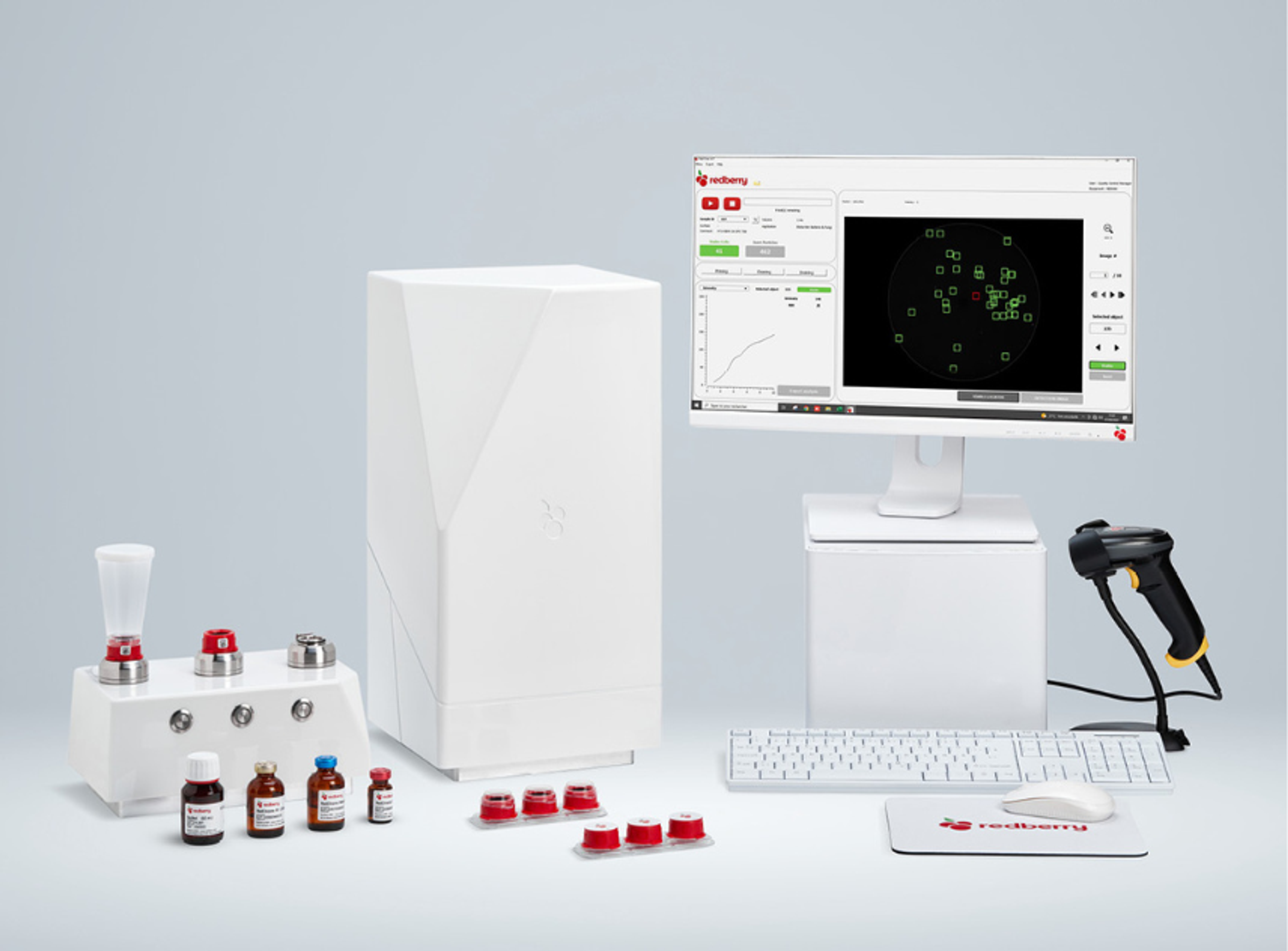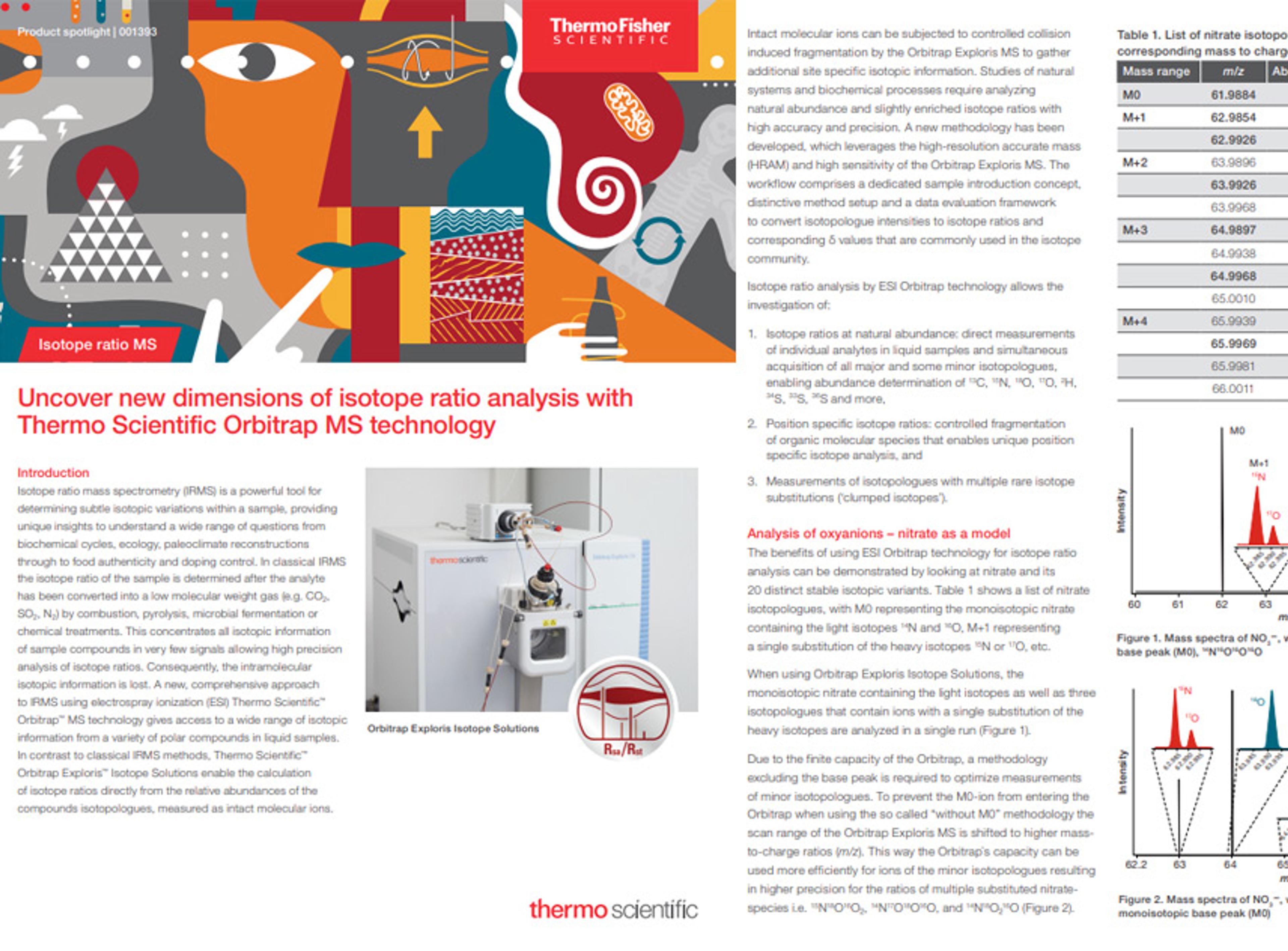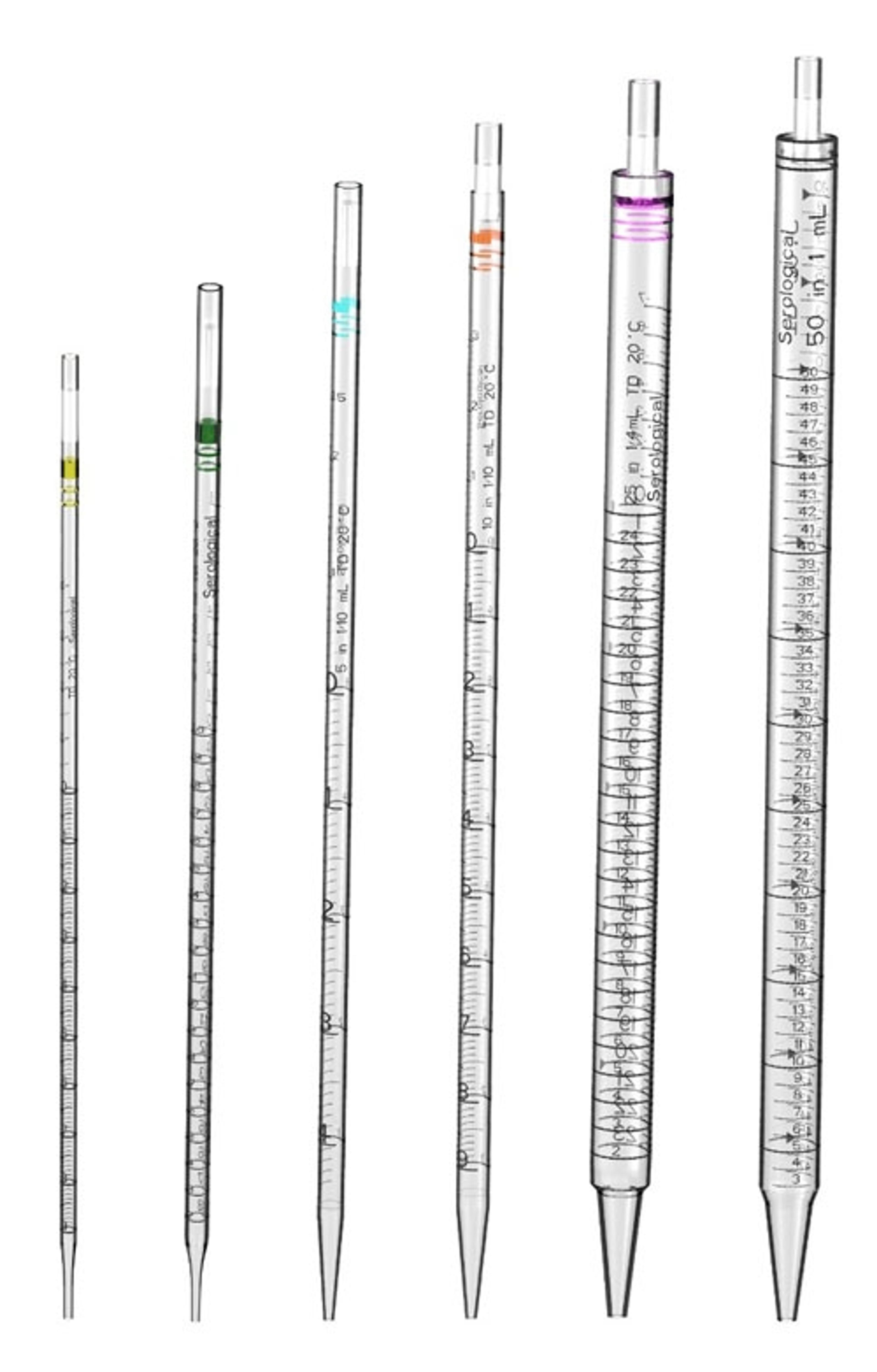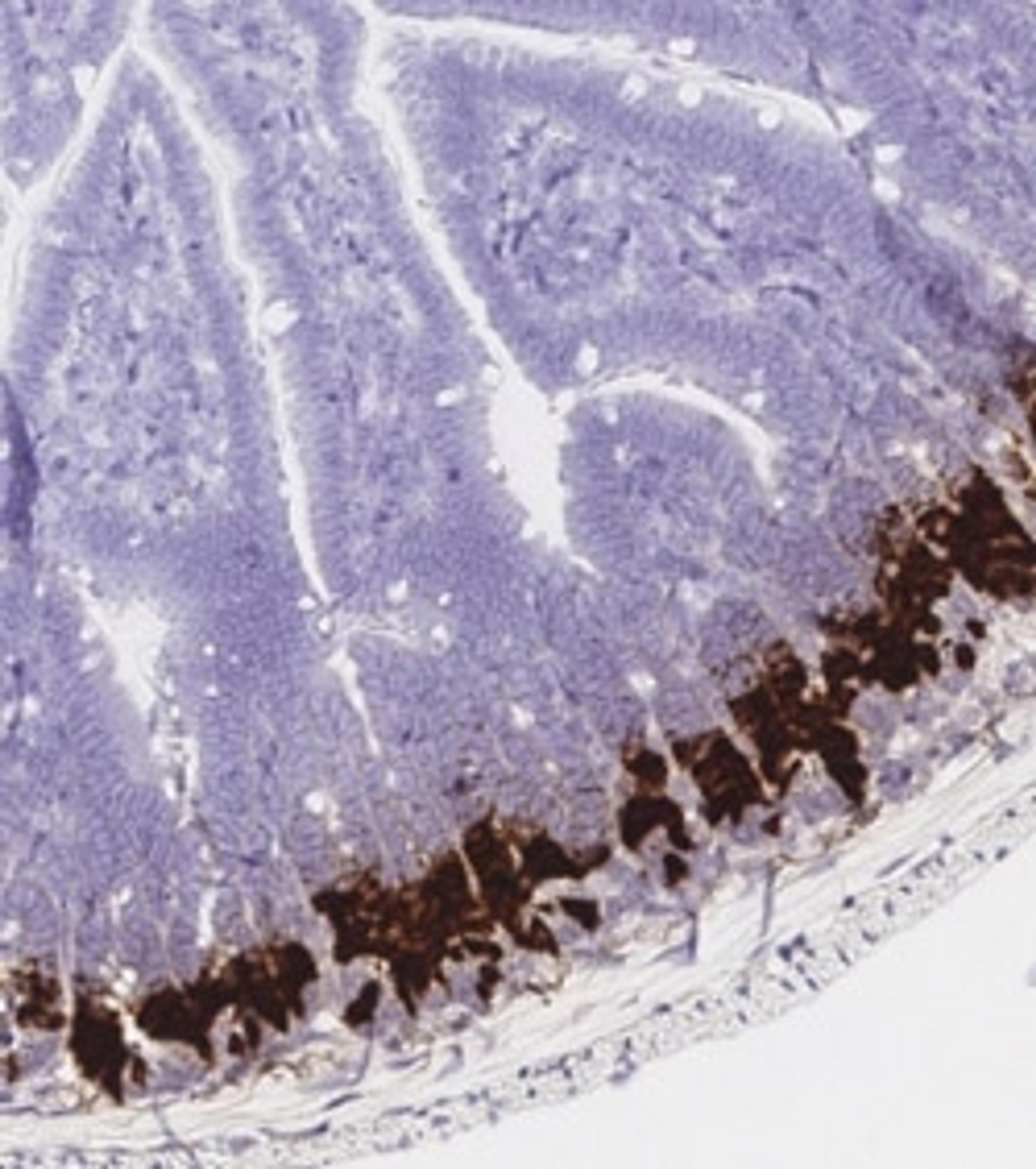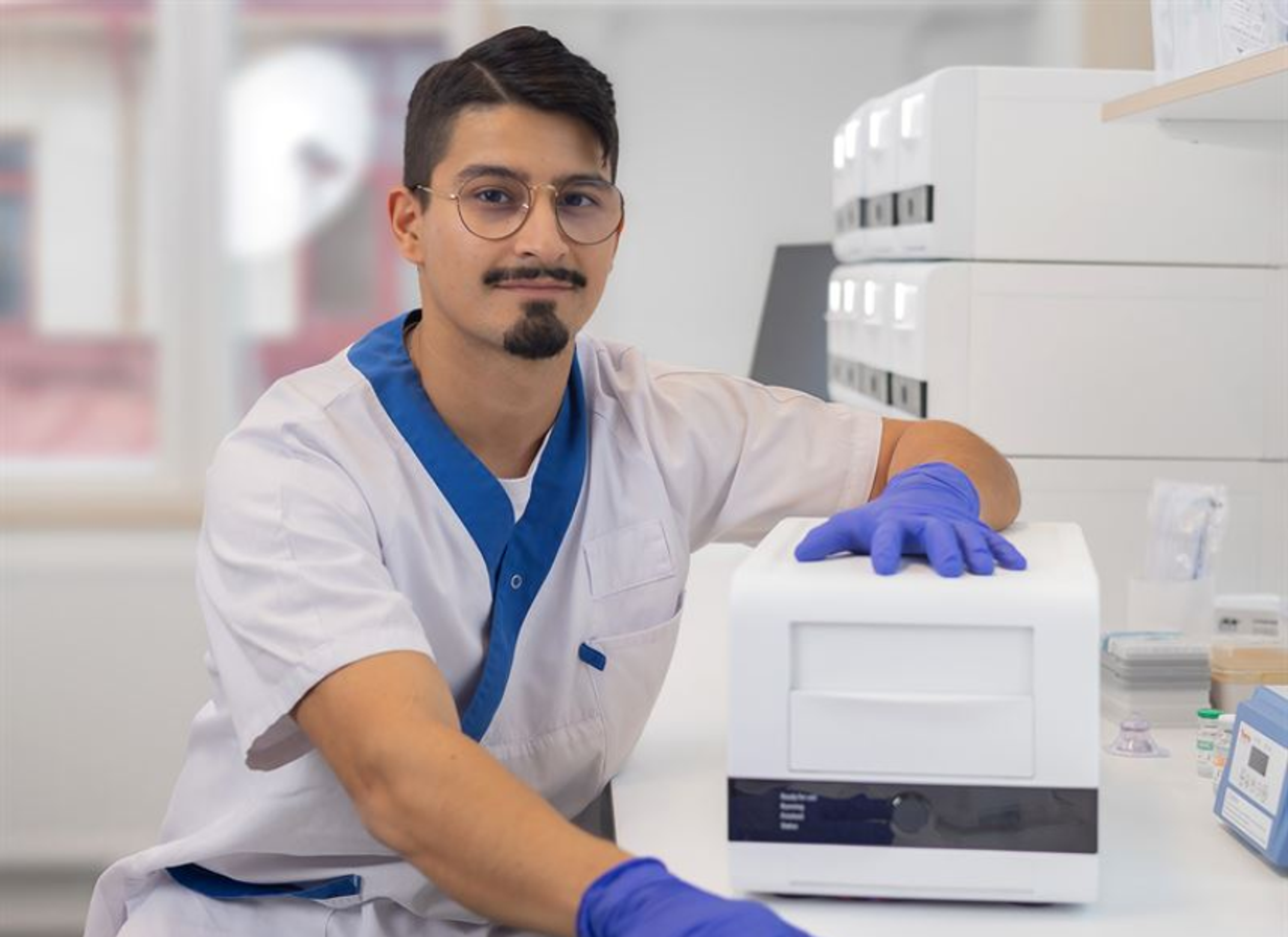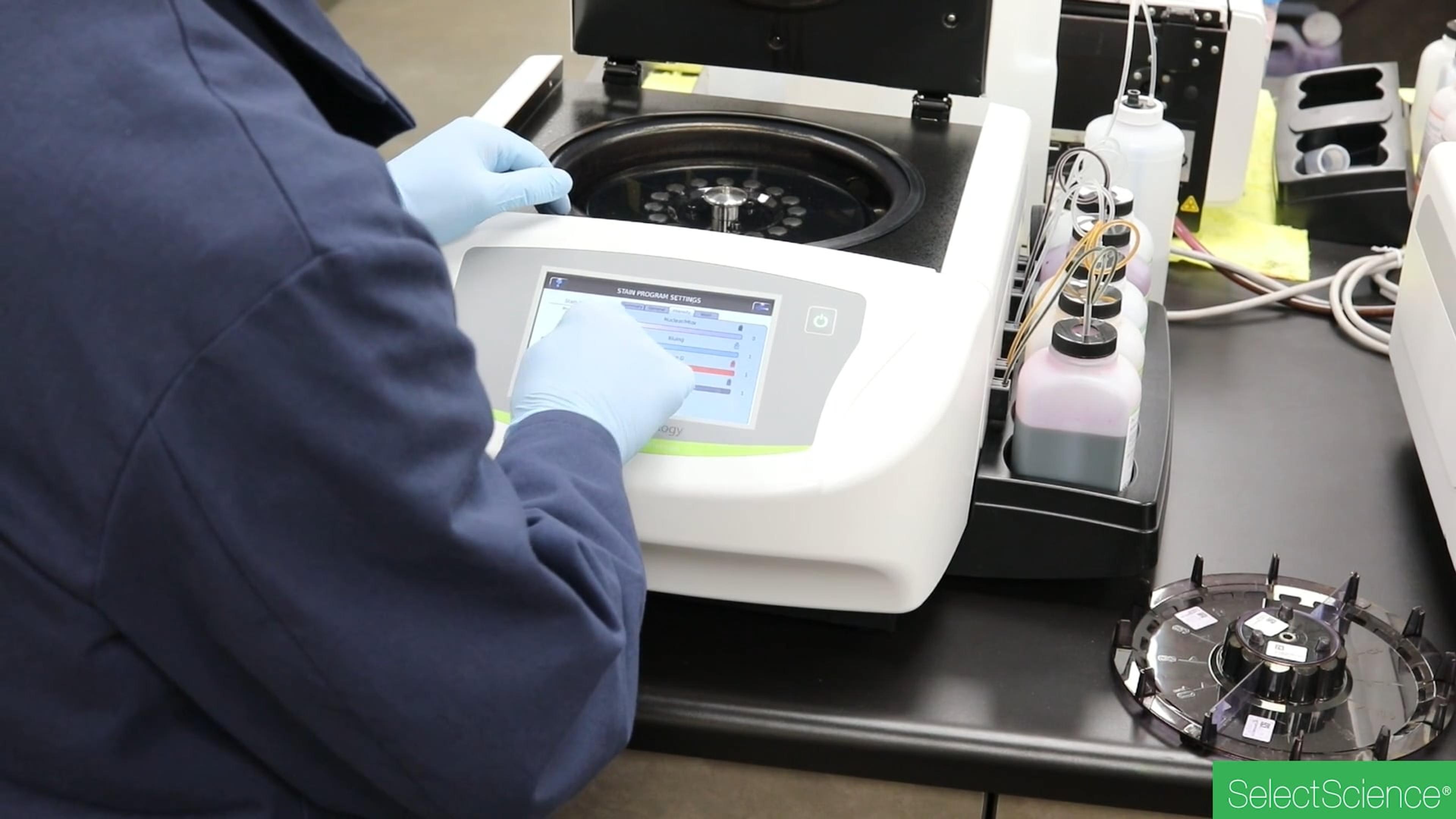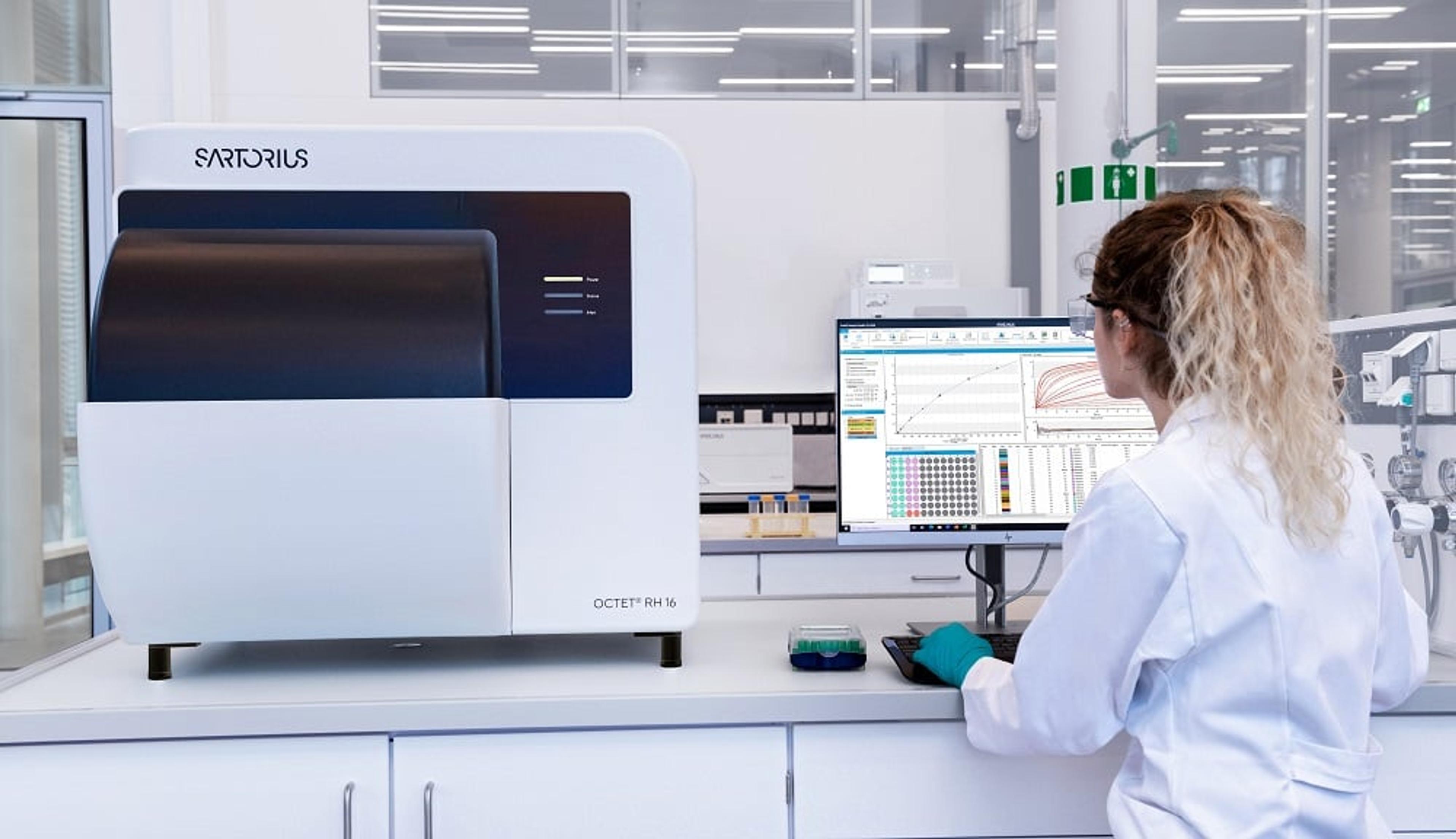Search results for "molecular microbiology"
Selected Filters:
Determination of the acid dissociation constant
Cryolys Evolution - Cooling System for Thermo-Sensitive Samples
Bertin TechnologiesCryolys Evolution is a patented cooling system compatible with Precellys Evolution tissue homogenizer. It prevents thermo-sensitive samples from heat degradation during homogenization process.
Certified Free Open-Top Thinwall Ultra-Clear Tube
Beckman Coulter Life SciencesThis round bottom tube is designed for use in Beckman Coulter instruments and rotors. Ultra-Clear tubes are transparent, allowing for easy location of visibly banded or pelleted samples.
How can I save time and reduce waste when preparing culture media?
Copan WASP®: Walk-Away Specimen Processor
Beckman Coulter DiagnosticsThe Copan WASP ® : Walk-Away Specimen Processor provides a total solution for preanalytical specimen management.
Eppendorf Conical Tubes 15 mL and 50 mL
EppendorfThe Conical Tubes 15 mL and 50 mL extend the volume range of the Eppendorf Tubes.
3 simple and proven automation protocols for serial dilution
Lonza to expand bioscience testing offering with the acquisition of Redberry
Acquisition to include Red One™ solid-phase cytometry platform for rapid sterility and bioburden testing, which expands Lonza’s portfolio of automated, scalable solutions for pharmaceutical quality control
Sapio Sciences makes AI-native drug discovery seamless with NVIDIA BioNeMo
Integration of the NVIDIA BioNeMo platform enhances AI capabilities across the drug discovery lifecycle
A game-changing approach to infection control at the University Hospital Heidelberg
Serological Pipettes
Gilson, Inc.Ideal for scientists who need to easily and quickly transfer liquid aliquots from one container to another with precision.
RNAscope™ Chromogenic Assays
Advanced Cell DiagnosticsIndependent of your genes of interest, our easy RNA in situ hybridization assay uses common reagents and protocols; providing universal assay conditions. All RNA-ISH kits contain reagents in a convenient ready-to-use (RTU) format, and chromogenic dyes are available to interrogate a single or two genes simultaneously.
Gradientech at ESCMID Global 2025
Gradientech showcases new QuickMIC clinical data and innovations at ESCMID Global 2025
DASbox® Mini Bioreactor
EppendorfSmall working volumes save valuable material and medium in process development and screening procedures. The Eppendorf DASbox Mini Bioreactor is a fully instrumented mini bioreactor featuring industry standard design and advanced control functionalities.
Optimer licensing agreements and repeat custom
Licensing with a global enzyme provider for two Optimer reagents in research and diagnostics

